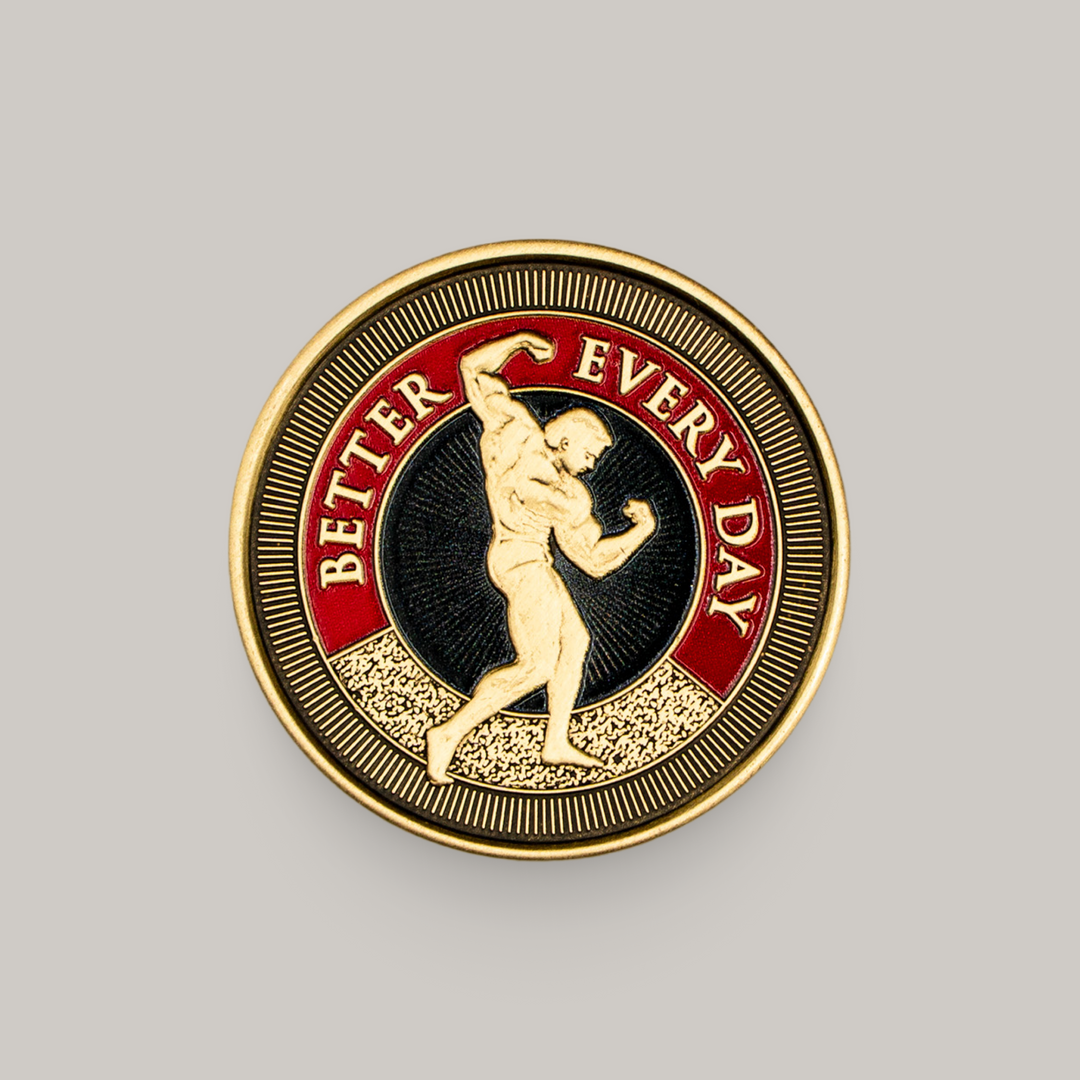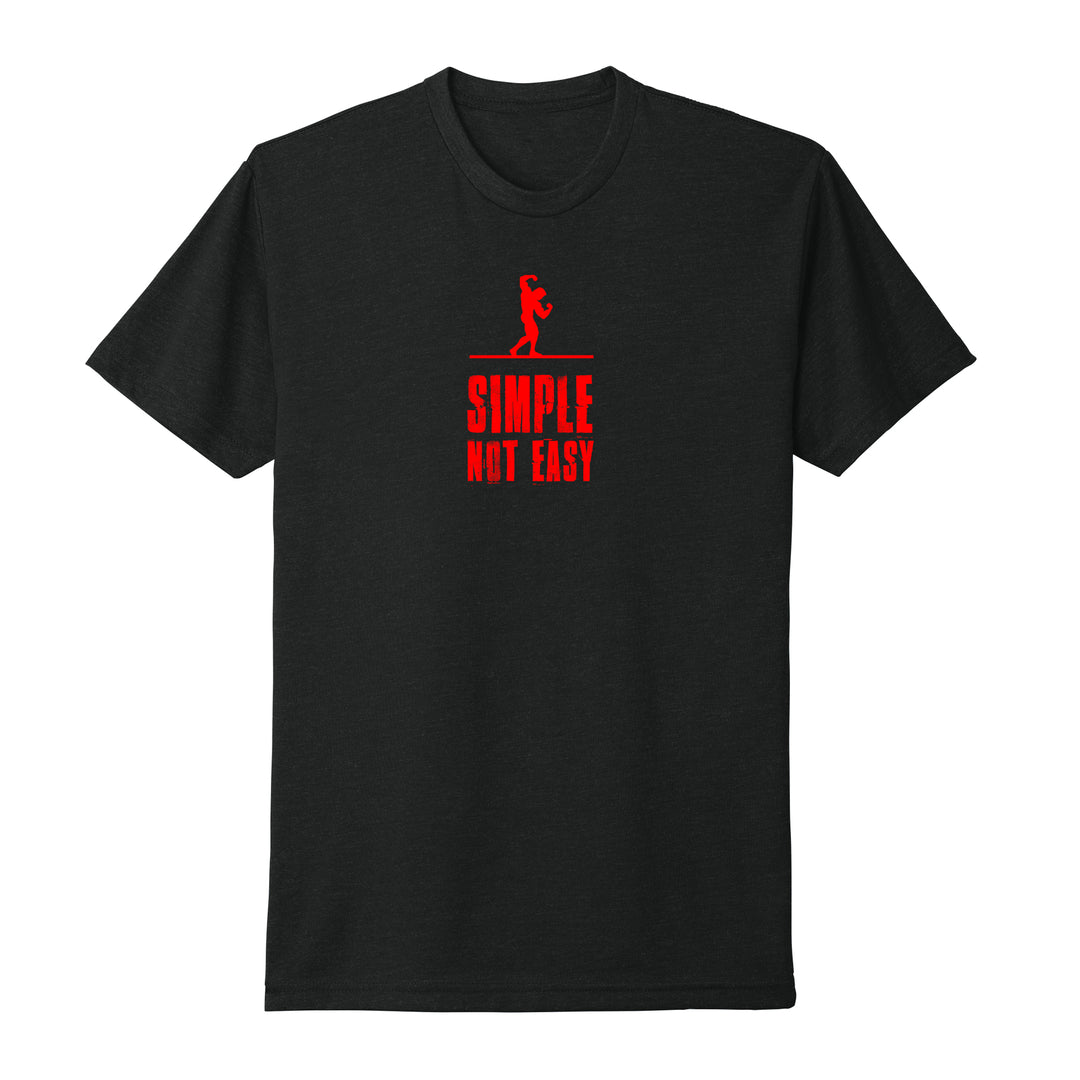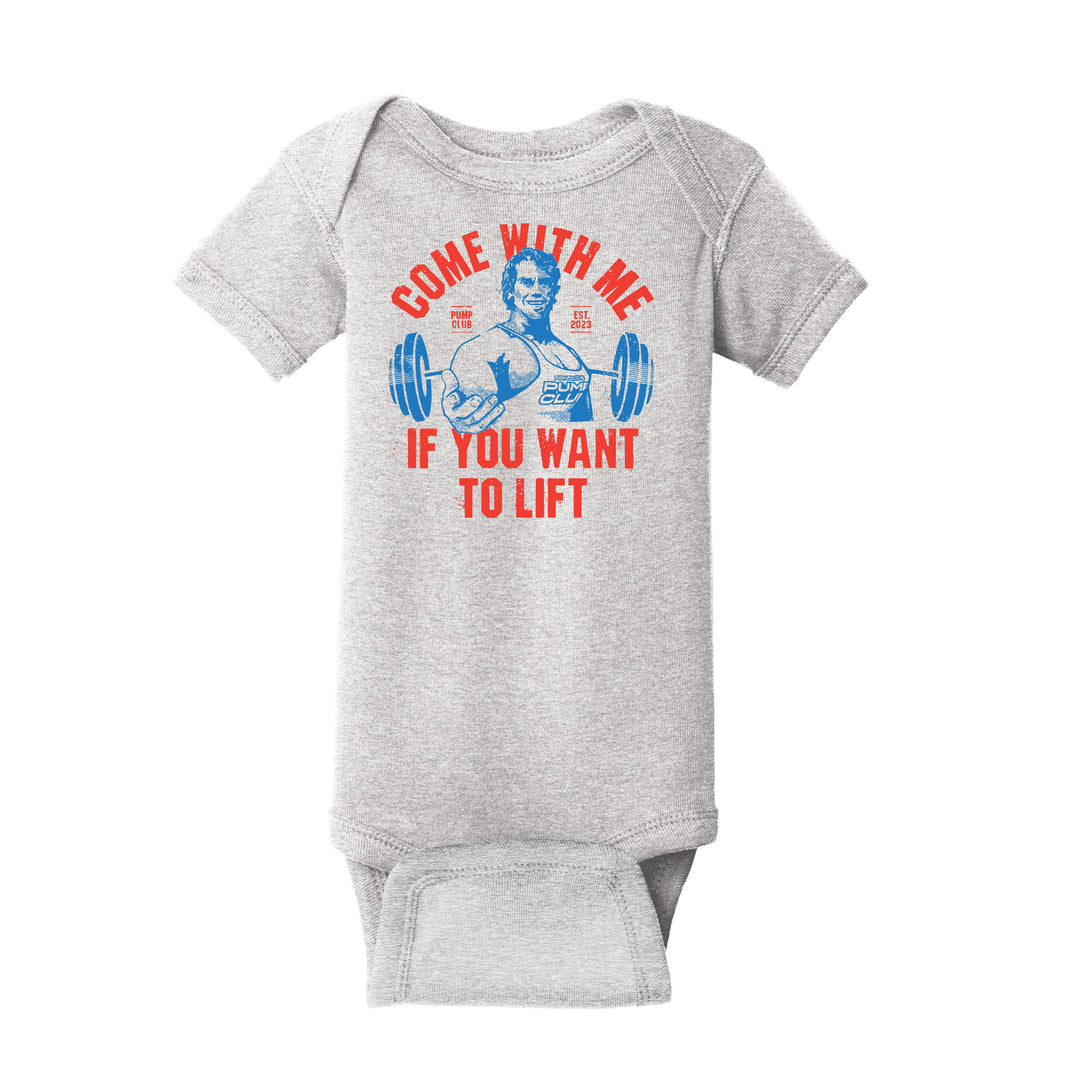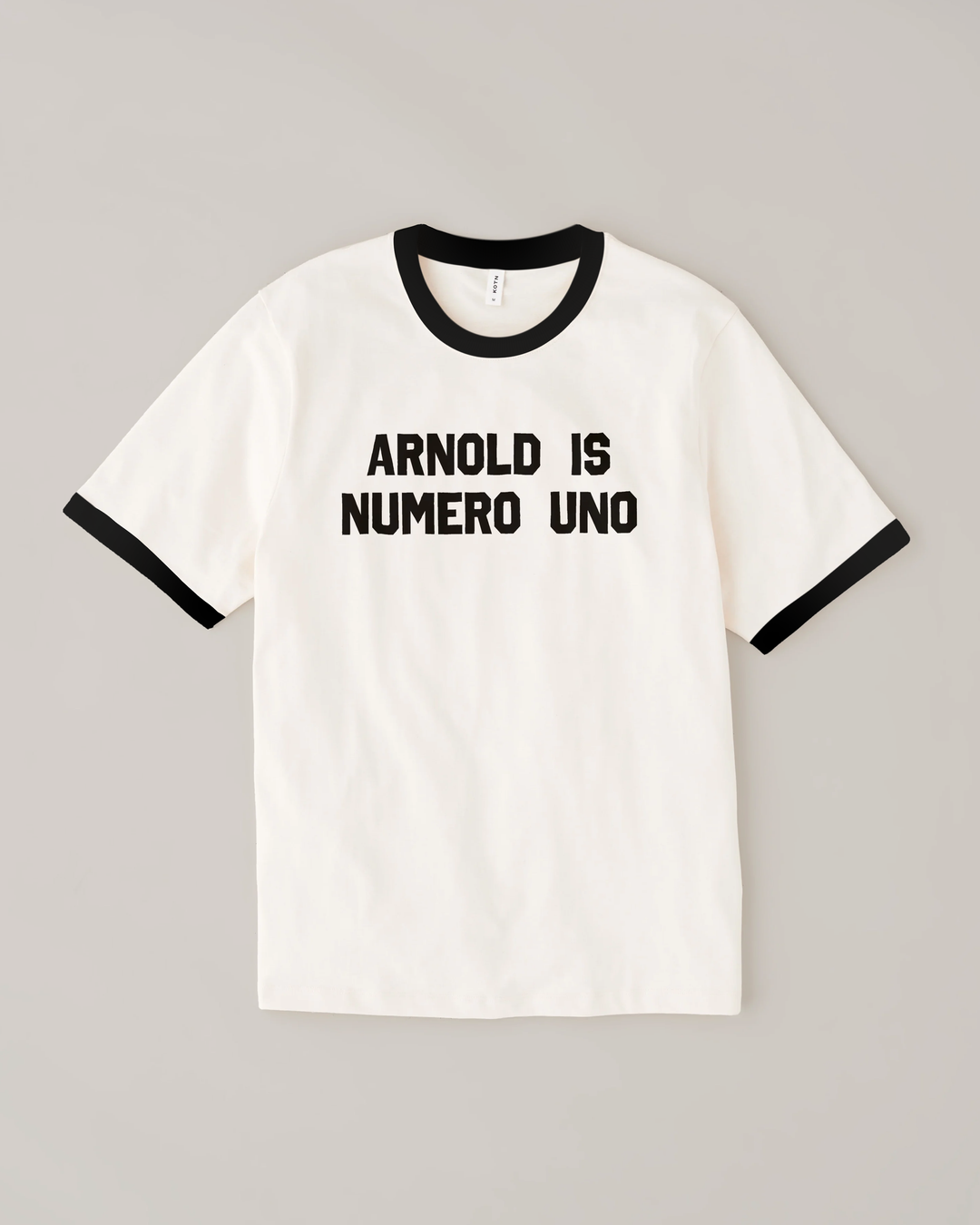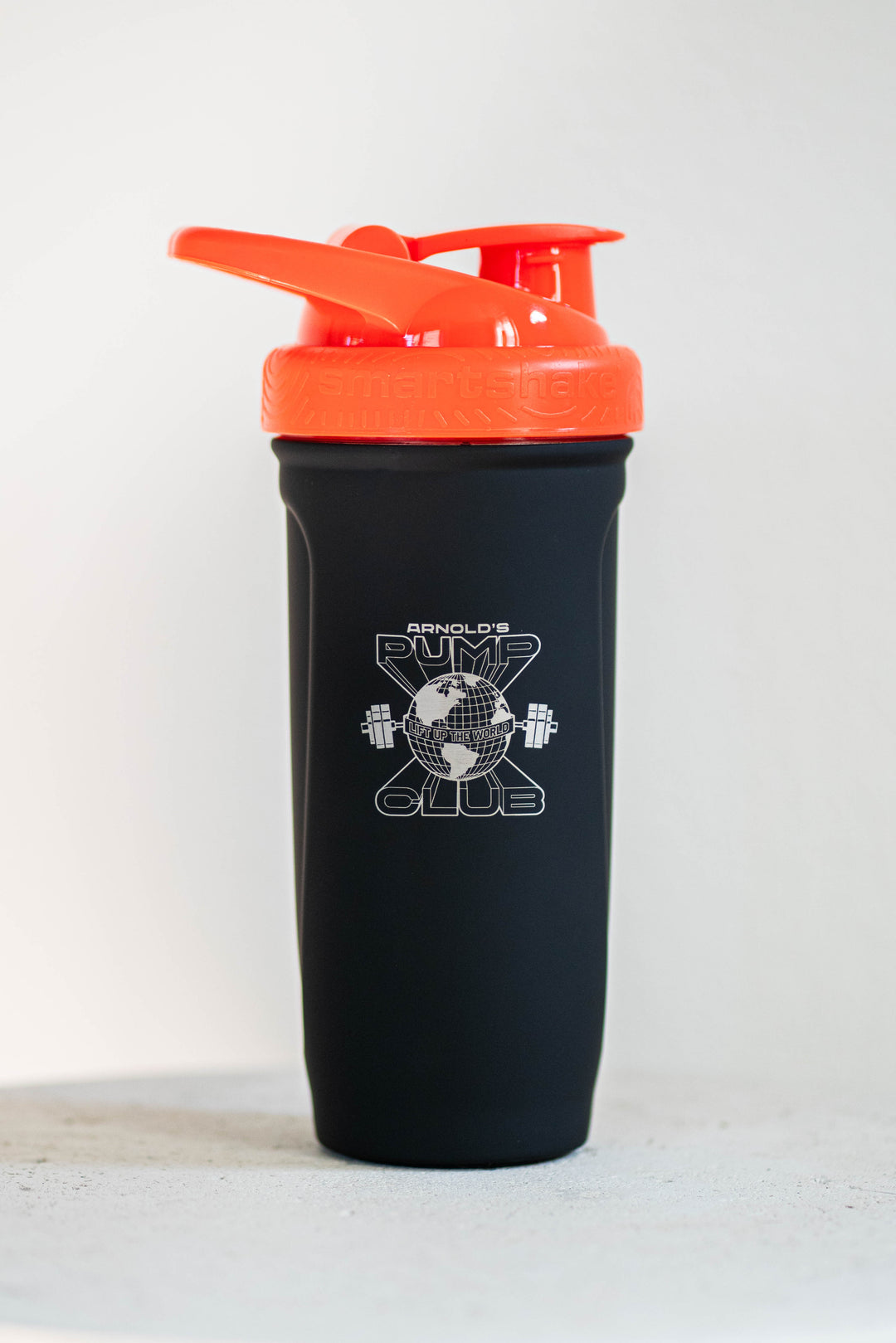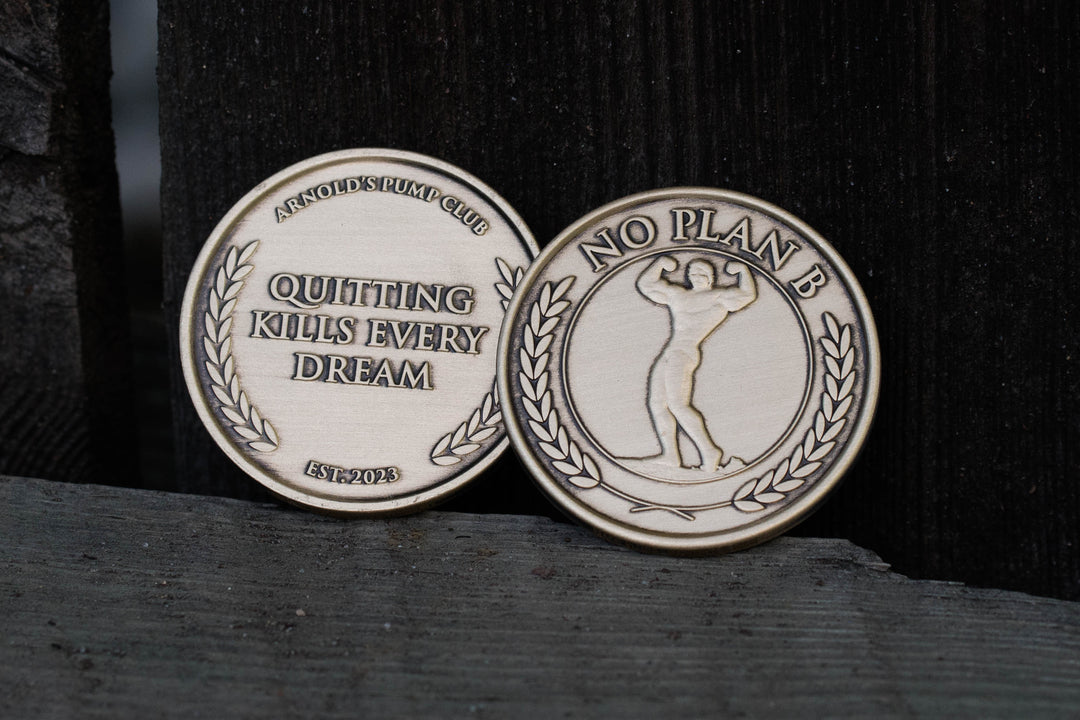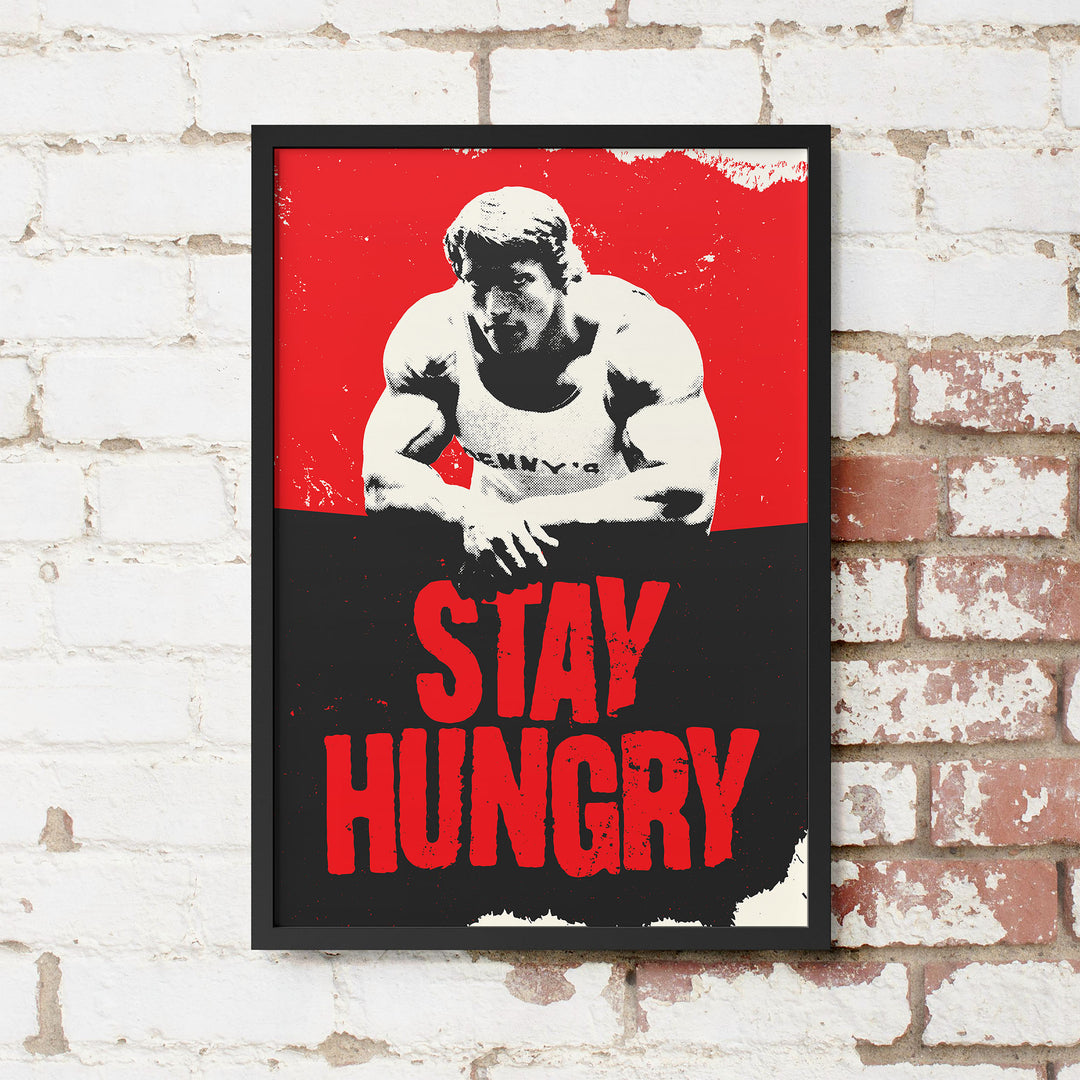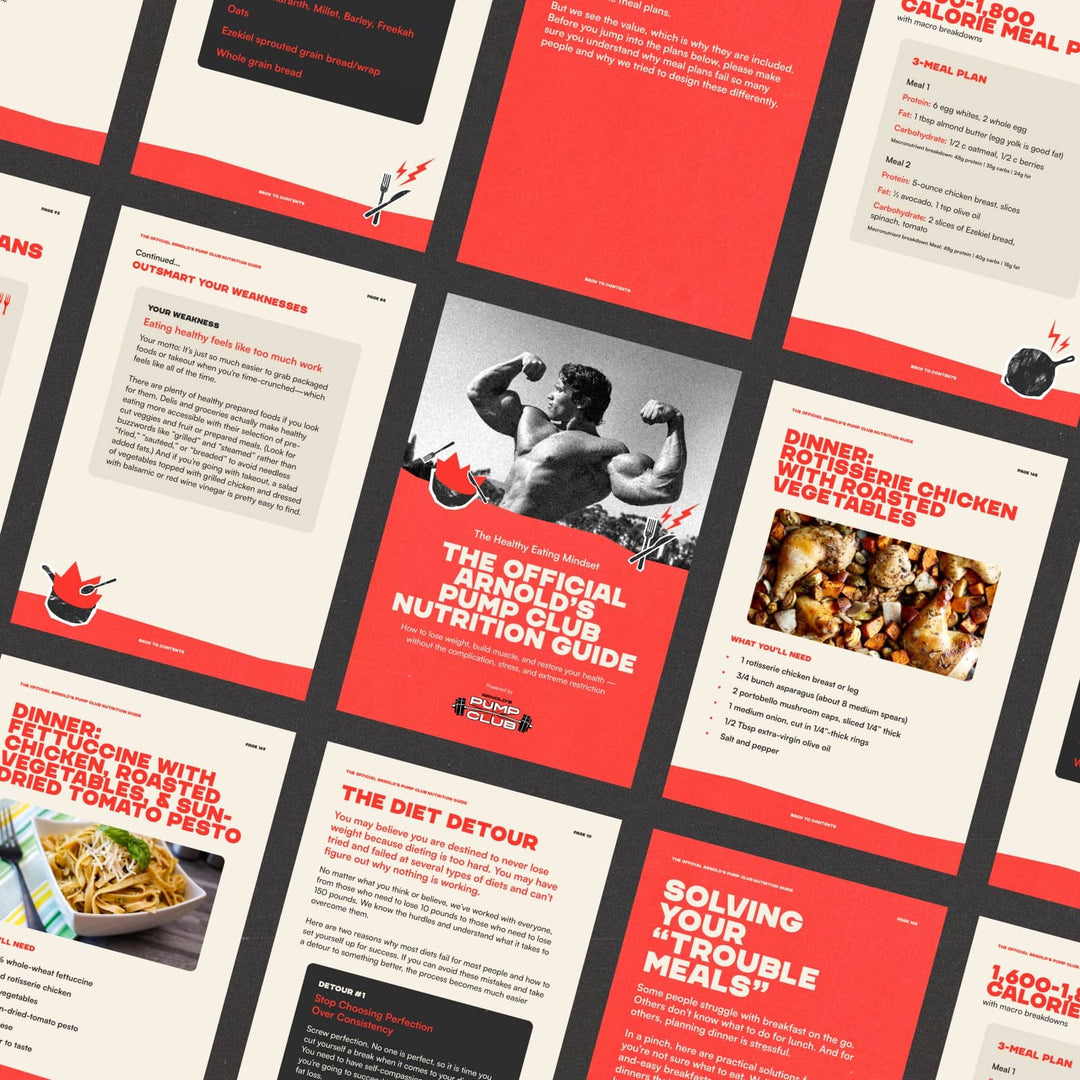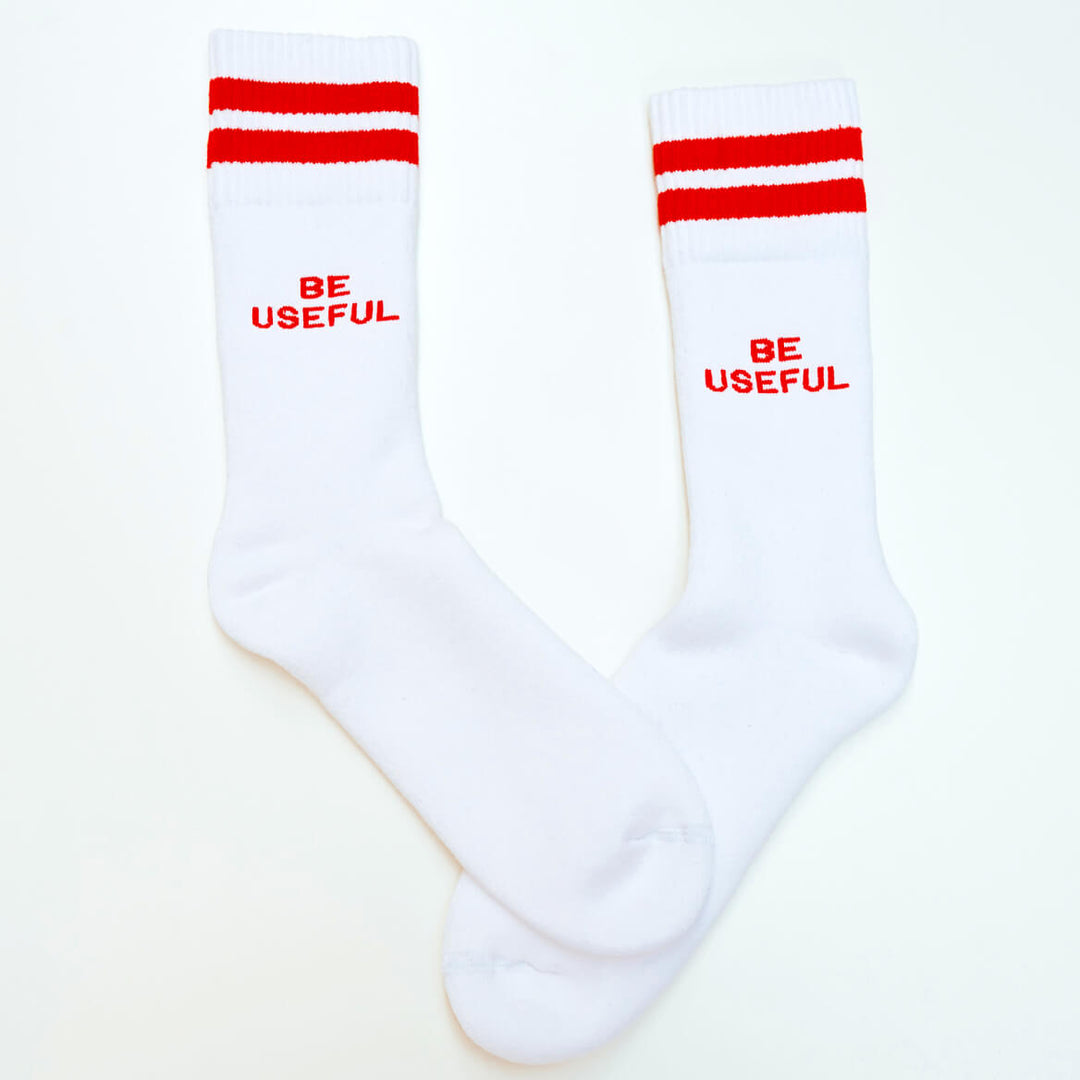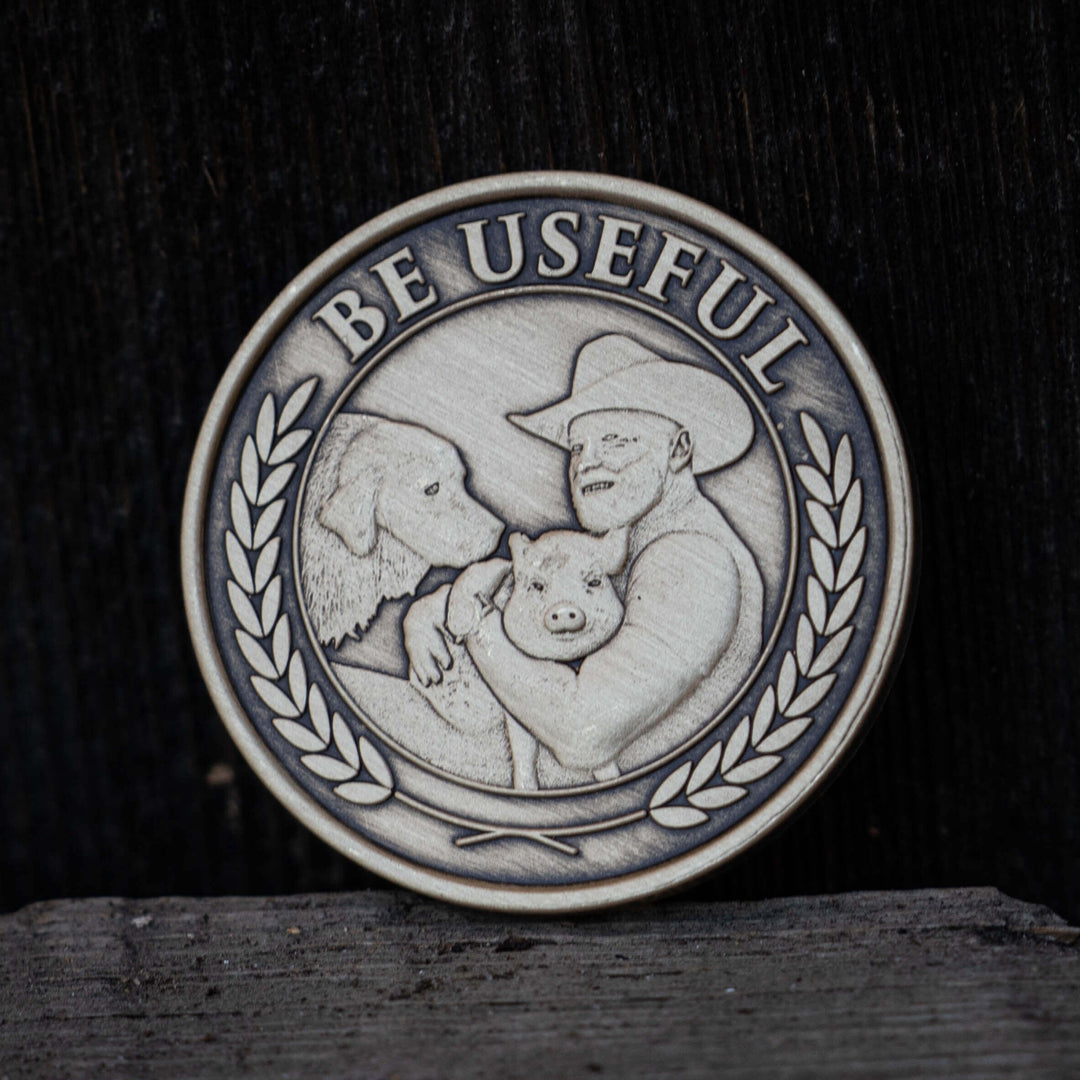Welcome to the positive corner of wellness. Here’s a daily digest designed to make you healthier in less than 5 minutes. If you were forwarded this message, you can get the free daily email here.
Today’s Health Upgrade
The magically healthy cereal?
Struggling with your resolutions? Do this.
Workout of the week
Lucky Charms Are Healthy Now?
Recently, Tufts University shared data from “The Food Compass,” which is an algorithm they developed to give nutritional values to different foods based on 9 variables. The scoring system made it seem like Lucky Charms was healthier than a lot of foods, including meat and cheese (but it's not what the data actually said).
Let’s make one thing clear before making sense of the mess: the less you complicate nutrition, the healthier you'll be. You want to eat more nutrient dense foods that keep you full, and fewer foods that are ultra-processed and loaded with sugar. But there is a time and place for everything. After all, we included Arnold’s mom’s recipe for Kaiserschmarrn last week.
Back to Leprechaun-Gate. The Food Compass was designed to rate foods within similar categories (comparing proteins to proteins, carbs to carbs, and so forth). But the published charts showed bar graphs that made it look like every food was being compared equally. It was horrible communication. Because on those charts, Lucky Charms were understandably interpreted as something you can enjoy often, and "ranked" above a lot of foods you might consider better for you, such as milk, cheese, and red meat.
The data should've made their rating system more clear. What they wanted to share is that “health foods” like fruits, vegetables, and legumes should be eaten frequently, as well as protein options like salmon and Greek yogurt. Some foods were recommended in moderation (eggs and chicken breast), and others were suggested to be eaten infrequently (processed meats and breads). Somehow, Lucky Charms fell into the “moderation” category which, admittedly, is a mistake and misleading. And then social media took care of the rest.
Next thing you know, meat eaters ate another steak in protest, natural food supporters cursed ultra-processed packaged foods, vegans wore their Kale shirts, and lobbyists made sure everyone knew, “Hey, the food pyramid doesn't look so bad now, does it?”
What to make of it? As Arnold has said several times in his monthly newsletter, when everyone is pissed off, it’s usually a sign that you can ignore the noise and tune it all out. You know the truth: Lucky Charms can be enjoyed as a rare treat, but don’t trick yourself into thinking they are in any way good for you. Thinking about it any more than that is a waste of time.
When Ambition Goes South
It's that time of the month when the hopes and dreams of the new year start to fade. As crazy as it might sound, resolutions start to fall apart as early as this week (checks the calendar and realizes it’s still January). But you won't find any pessimism or doubt here because we're going to help make sure this year is different.
If you want to stay on track and seeing better results, it helps to recognize the difference between a great goal and a terrible plan. Research suggests the more goals you try to tackle — and the more complicated you make them — the less likely you are to achieve your desired outcome.
While discomfort and struggle are a part of growth, the science of behavioral change shows that when you’re able to reduce friction, you increase success.
To do so, focus on making your goals less complicated. It’s why Arnold’s "Big Challenge" is built around small actions. For example, if you want to get in better shape, make the goal a realistic amount of exercise each day — such as 15 minutes. Want to become a better cook? Focus on basic recipes with simpler ingredients. Want to get up earlier? Focus on fewer stimulants or screen time later in the day.
Oftentimes, the behaviors we want to achieve are the byproduct of stacking small wins. The more they add up, the more you’re able to add more complication and challenge, and the more likely you are to stick to the plan, gain confidence, and achieve results better than ever before.
If you’ve fallen off track, don’t worry. Reset your goals by focusing on smaller actions and repeating them daily.
The 15-Minute Rule (Workout of the Week)
Note from Adam: I’ve been training people for 2 decades, and some of my favorite lessons have come from Arnold during the 12 years I’ve known him. There’s not much I can teach the GOAT about training, but sometimes I share a technique that makes him smile.
Arnold knows the importance of intensity, which is why he loved the mentality behind “EMOM” workouts. EMOM stands for “every minute on the minute.” It means you perform an exercise, time how long it takes to do one set, rest the remainder of the minute, and then repeat the exercise again. It’s popular in Crossfit, but the technique has been around for much longer, and it’s a great way to get in an intense workout by either using your body or a heavier weight.
Here’s a great EMOM workout that checks all the boxes: challenging, fun, and done in very little time.
The Plan
Step 1: Pick a lower body exercise. It can be anything from bodyweight moves like squats, lunges, or hip raises, to weight exercises like deadlifts or leg presses.
Step 2: Set a timer for 1 minute and perform the following:
If you’re doing a bodyweight movement, perform 8 to 12 reps.
If you’re doing weighted movement: do 6 reps, but using a weight you can lift with good form for 10 reps.
Then, check the clock and rest the remainder of the 60 seconds.
For example, it might take you 20 seconds to do all of the reps, and then you’ll rest an additional 40 seconds (for a total of 60 seconds)
Step 3: Repeat this process of setting a timer for 1 minute, doing the prescribed number of reps, and then resting the remainder of the minute.
If you’re a beginner: try to complete 5 to 6 total rounds for a total of 5 to 6 minutes of training.
If you’re more advanced: complete 10-12 total rounds for a total of 10 to 12 minutes of training.
It might sound quick and easy, but it will feel slow and difficult by the time you’re done.
You can perform this two or three times during the week, making sure you rest at least one day between exercises. Give it a try, and then let Arnold know how it goes on Twitter or Instagram.







